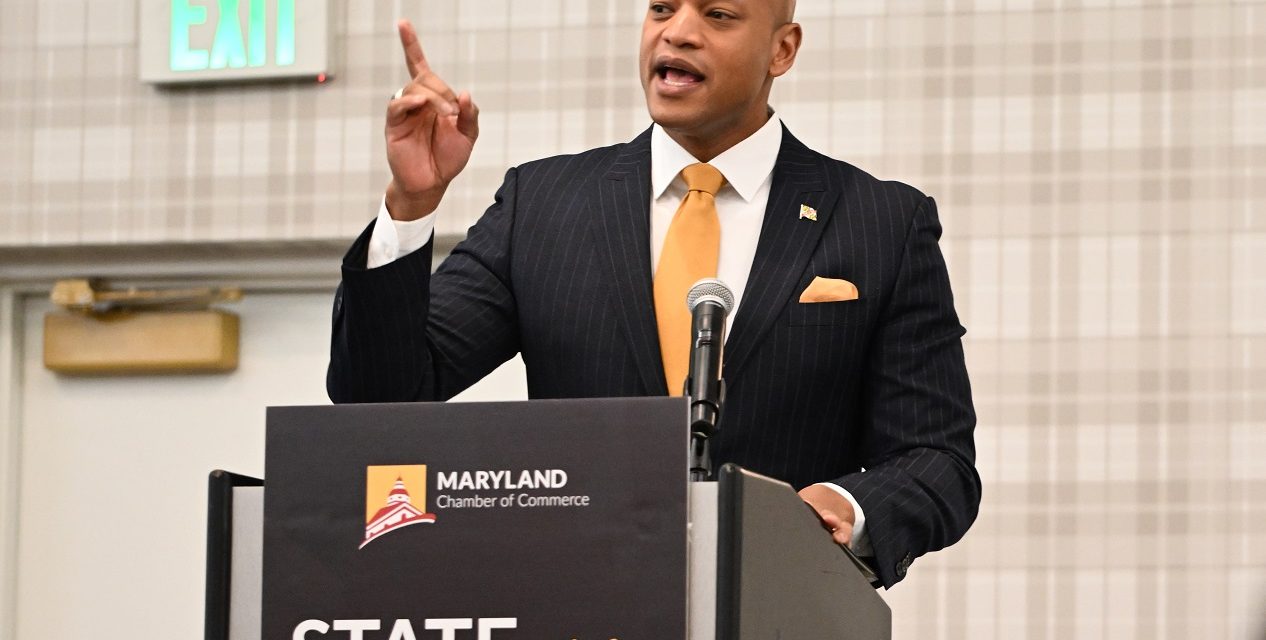A
survey in early March from Switch on Business, which specializes in helping startups, found that Maryland is 10
th “least cost-effective state to launch a startup.” Among the key factors was a high corporate tax of 8.25% and a high living wage, reflecting the higher cost of living here.
High-cost states
South Dakota and Mississippi were the top two most cost-effective states to start a business, but who wants to move there? The highest taxed and most expensive states in almost any business survey are California, New York and New Jersey. Maryland usually ranks just below them.
We already knew that the Tax Foundation, which doesn’t like taxes, gives Maryland consistently low ratings for business climate. But in a separate study of IRS tax returns from 2019 and 2020 that came out in October, it found Maryland ranked 5th from the bottom (behind those cost leaders above) in the number of taxpayers leaving the state, a loss of $1.8 billion in Maryland taxable income. Liberal economists dispute the idea that high earners leave states because of high state and local taxes, but the numbers are the numbers. I have personally known some of those who make sure they spend six month and a day at their no-income-tax Florida homes to qualify for residence there.
In other rankings, Forbes magazine places Maryland 35th in Best States for Business. North Carolina, one of our chief East Coast competitors for new business, ranks 1st; Virginia ranks 4th. U.S. News and World Report also ranks Maryland 35th. CNBC ranks Maryland 27th in the nation; it ranks North Carolina #1 and Virginia #3.
The hiring of workers after the pandemic has already increased pressures to raise wages, as has higher inflation. But even Democrats in the legislature have their doubts about automatic increases in payroll costs. The Senate Finance Committee approved the acceleration of the increase until this coming January but rejected the indexing of future increases. The House Economic Matters Committee may come up with a different plan.
In a sense, Maryland’s income and sales taxes are already indexed to inflation, since they are percentage rates, not fixed amounts. As incomes and the cost of purchases rise, so do the taxes collected on them.
Other proposals that increase the cost of doing business in Maryland are moving ahead. The Senate Finance Committee put finishing touches on already enacted Family and Medical Leave Insurance program. CORRECTION: Employers will pay 50% 25% of the contributions and employees will pay 50% 75% of the premiums which will go into a special fund, something like unemployment insurance. The state will pick up the initial cost and also pay to administer the program. The rates will be set by state Secretary of Labor later this year. [The orginal language of the bill split the premiums 25-75, as the column originally said. The committee amended it to make a 50-50 split, increasing costs for employers. It appears the House committee went along.]
A legion of regulations and mandates also raise the cost of doing business in Maryland since they take time and money to fulfill. Perhaps the newest one is a mandate that will likely force governments, employers and everyone else to pay more for their cars, vans and trucks.
Moore has enthusiastically signed on to a plan to tie Maryland to a California law that all new cars in the state must be electric by 2035. That sounds like a long way off, but 12 years can go by pretty fast, especially since only about 7% of the vehicles currently sold here are electric. Without the current state and federal subsidies, electric vehicles on average are more expensive and limited by their range and the number of charging stations. And what becomes of the gas stations, their owners and workers? Twelve years out, that’s not Moore’s problem.
Unsustainable budget
What is Moore’s problem is the $400 million write-down in state revenues for the next fiscal year that happened last month. $400 million is small potatoes in a $62 million budget, especially when a $2.5 billion surplus is projected this year and $2.5 billion is being put in the Rainy-Day Fund. But it is sign of storm clouds ahead as new Comptroller Brooke Lierman explained March 9.
“The Maryland economy appears to be underperforming compared to the national economy in terms of employment and consumer spending, which explains the decreased sales and use tax and withholding income tax forecasts,” said Lierman.
The legislature’s fiscal analysts were even gloomier about what Moore and the legislature face in three years as federal pandemic subsidies evaporate and mandated school funding soars, not to mention the economic recession many economists anticipate.
“The Administration’s budget plan does not appear sustainable over the long-term,” said the Department of Legislative Services in its fiscal briefing. “While the Administration projects that the State will close each of the next five years with a cash and structural surplus, the Administration projects a Blueprint for Maryland’s Future Fund deficit of $1.4 billion for fiscal 2027 and $2.3 billion for fiscal 2028.” The Blueprint is the massive increase in spending for public schools, including prekindergarten.
Because of the pandemic, student performance in test scores is even worse than when the Blueprint was passed two years ago. There needs to be a lot of catch-up. That’s why lawmakers added $400 million to the Blueprint funding, for a total of $900 million.
When Moore talked about helping business in his State of the State address, he concentrated on the need of employers for an educated workforce, not on cutting taxes or regulations, so the prospect of cutting school funding is not likely. What other of Moore’s “bold” plans must suffer down the pike?




Recent Comments